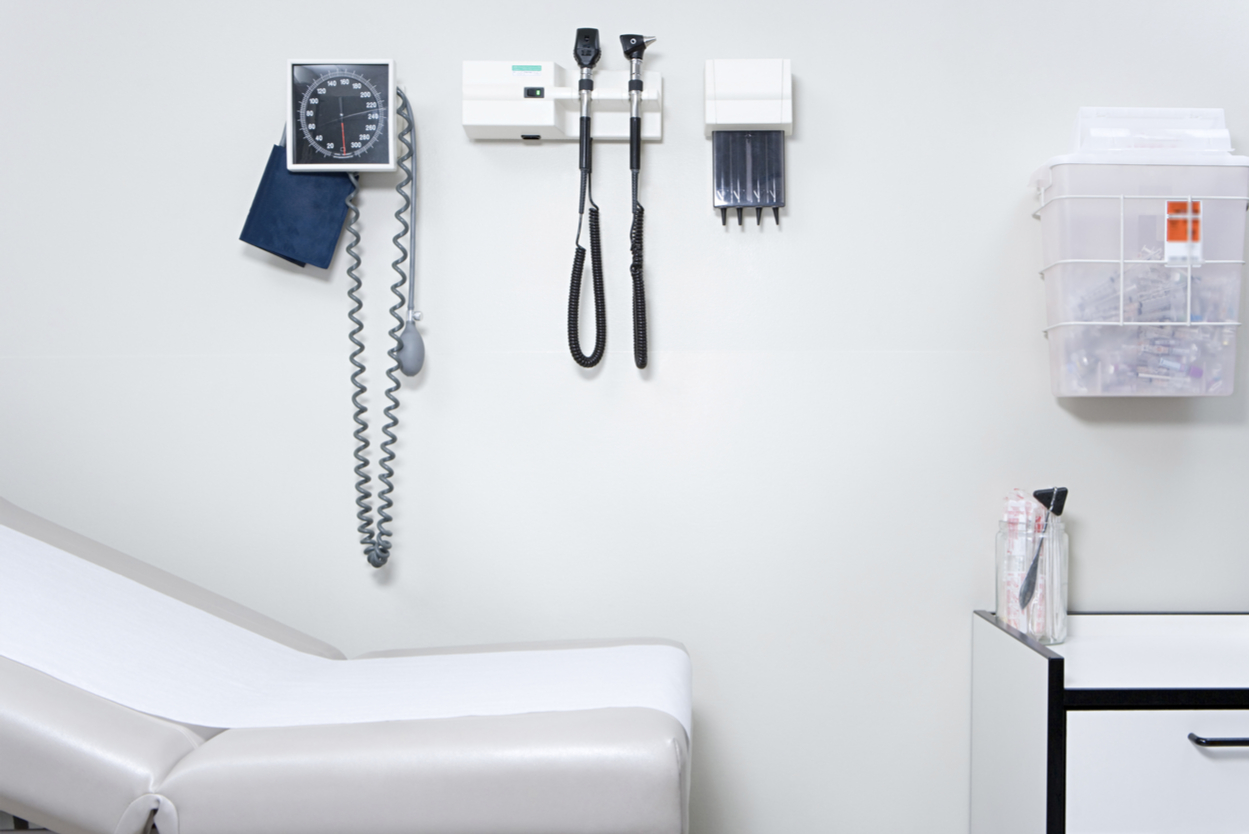Prescription pharmaceutical marketing plans for branded drugs are more nuanced than traditional healthcare promotion. You have to meet FDA requirements while also making a compelling argument. You may have to satisfy as many as four different audiences with messaging that aligns with each audience’s needs (while saving budget for the production of creative assets). Even if your drug has a 95% chance of working, you can’t say it will work. You have to say it “may” work. Achieving success with a budget that must go many ways in such a regulated context can be a daunting task. This article will help you simplify your selection of media for pharmaceutical advertising plans by answering the most important questions first. Let’s dive in.
Is There a Generic Prescription Substitute?
The first obstacle that your drug may face is the availability of generic substitutes. Generic pharmaceuticals are unbranded formulations of a drug that are created by numerous companies because there is no existing patent of the treatment’s active pharmaceutical ingredient.
For most intents and purposes, these drugs are preferable alternatives to branded drugs. After all, they contain the same ingredients at a fraction of the price. Brands that succeed in the midst of generic competition usually survive on their name alone.
If there is a generic substitute, then that will be an elephant in the room for the duration of the promotion. Why would someone pay more for the same product? Fortunately, you can still thrive in this situation. People will pay a premium for a brand that they are familiar with simply because they are, well… familiar with it.
To have a chance at stealing market share from generic pharmaceuticals, you must find a weakness and create messaging that exposes it. Usually, this task requires market and audience research.
Before planning the rest of your campaign, you need to understand how familiar your audience is with your brand. Do they know what it is? Will they accept the cost of the prescription or will they turn to a generic substitute? Is the drug easy enough to take or do they have to take it with meals only? Is that a problem? How many doses per day is too many? Is the prescription too hard to swallow? Are the side effects a problem or a competitive advantage? Conduct market research with physicians and potential patients to find out what they value most in a product that belongs to your drug’s class.
When conducting this research, make sure you pose the same questions to both potential patients and healthcare professionals. Doing so will provide insight into where their priorities lie when choosing a treatment. For example, you might find that consumers want the medication that will cure what ails them for the lowest cost, while healthcare professionals want the medication that is easiest to take so that their patients don’t take the medication improperly.
Your research might conclude that physicians prefer your branded product’s two-dose-per-day regimen. You might also find that patients are willing to pay a few extra dollars for this convenience. In this hypothetical example, it would be wise to make sure that healthcare professionals are aware of the benefits of adherence that your product provides. One could then address the frugality of consumers via a pay-per-click campaign offering a coupon card.
Make sure that you have found a substantial weakness in the existing generic treatment before you plan the rest of your prescription pharmaceutical marketing plan.
Is Your Product Stocked?
Like retail products, healthcare products will only be sold if they are on the shelves at pharmacies. For new or expanding brands, healthcare advertising to those who are responsible for stocking drugs is critically important. Advertising to these targets should be the most high-impact tactic that you can afford. Email is good, but direct mail and personal promotion may be necessary to hit these high-profile decision makers.
It is also important to note which formulary tier your client’s drug belongs to. Like retail, prescription pharmaceutical marketing must deal with confronting your audience’s level of frugality; in this conversation, the cost that will be transferred to your patient and how likely a high cost will be to make stocking a high risk. Targets who are responsible for stocking their pharmacies’ shelves will only want to stock your product if they believe there will be demand for it. If your product sits in a high formulary tier then they will be concerned that people won’t buy it.
However, there is a reason that your drug exists. You should be able to make a strong argument that it is worthy of being carried. Find out that reason and make a compelling argument to suppliers so that your drug makes it onto the shelves.
Are Physicians Aware Of Your Product?
Generally speaking, physicians are the most important audience for healthcare advertisers. They know which drug is necessary to treat each patient and have the power of prescribing one product over another. If your product is new, then your primary goal will most likely be generating brand awareness and approval among physicians.
When targeting physicians, print journals are still the ultimate medium for HCP healthcare advertising. Find out the journals that are relevant to the specialty that will be prescribing your drug and make sure that you place advertisements therein as often as your budget will allow.
One proven tactic for boosting the impact of such advertisements is to place ads in these journals in the months before and after important conferences that these healthcare professionals will attend. Then, advertise at the conference with digital banners on the conference’s website. Place branded advertisements in the conference’s newsletter. Leverage relationships with key opinion leaders and podium speakers to make sure they mention your product. These conferences are important forums that advance care practices, and having your pharmaceutical brand facilitate the discussion via sponsorship will create an association of your drug with medical best practices in the minds of healthcare providers.
If you still have budget to work with for the HCP side of your media plan, consider adding direct mail to your media plan in order to provide messaging that physicians will hold in their hand. The effects of multi-channel marketing are well-documented. If physicians have read your message, held it in their hand, and have heard your product being talked about at a recent conference, then they will be much more likely to remember your brand when the time comes to prescribe a patient treatment in your product’s drug class.
Any remaining budget after your direct mail would be well-spent by placing digital banners on important websites that your audience visits to stay up-to-date on industry news.
Direct-to-Consumer (DTC) Advertising: Where Does Your Drug Live in the Discussion?
Depending on the nature of your drug, targeting the patients themselves through prescription pharmaceutical marketing may be necessary. For example, research may indicate that not enough patients seek treatment for your product’s indication. If this is the case, then your campaign’s success might be impossible if nobody realizes they need your product.
Consider Lyme disease, a condition that is very prevalent and can live in patients for years without obvious symptoms. Patients of this condition may experience daily fatigue but attribute the symptom to their lifestyle and never seek treatment. In this circumstance, marketers of a drug that cures the disease would do well to make every effort to have their audience get tested if they exhibit such symptoms. If all goes to plan, the influx of new Lyme disease patients will create a larger need for a superior Lyme disease drug and will increase sales of your client’s Lyme disease treatment.
The tactic detailed above is known as “disease-state awareness.” These ads usually do not mention the client’s drug, since doing so would incur harsher regulatory requirements.
A more common type of healthcare advertising is when copy makes claims about the drug’s effectiveness or superiority. This classic type of advertising appeals to consumers’ desire for a product that best suits their needs.
The primary goal of the superiority claims in these advertisements is to get your product’s advantages live in the minds of consumers when they seek treatment. The goal is to make sure they know what your product offers that competing products do not. This advantage can be as simple as how large the pill is since as geriatric patients have difficulty swallowing. Another common superiority claim is the number of doses per day that are required. Only occasionally will you be able to say that your product works better. As with any product, an obvious advantage will allow the most success. Thorough market research is will find out what that advantage is.
What is Your Digital Presence?
Healthcare marketing media plans allocate less spend on digital advertising than any other industry, but it’s still an important component. I encourage you to check out our blog for tips on how to build your brand’s digital presence. Remember, digital advertising for healthcare marketing plans is no longer just an option – it is a necessity!
Throw Your Creatives A Bone!
Creating a media plan for prescription pharmaceutical marketing is a unique task. Addressing multiple audiences with compelling-yet-FDA-friendly messages can be a challenge. However, it can be done well with the right ingredients. Stimulating a pharmaceutical brand’s sales is a matter of addressing which audience is the keystone of your campaign’s success and then reaching that audience with compelling messaging. Remember that you will move the needle if you make the right choices with your media plan – give your creatives the best chance to succeed and your team will be on their way to pharmaceutical advertising success!




